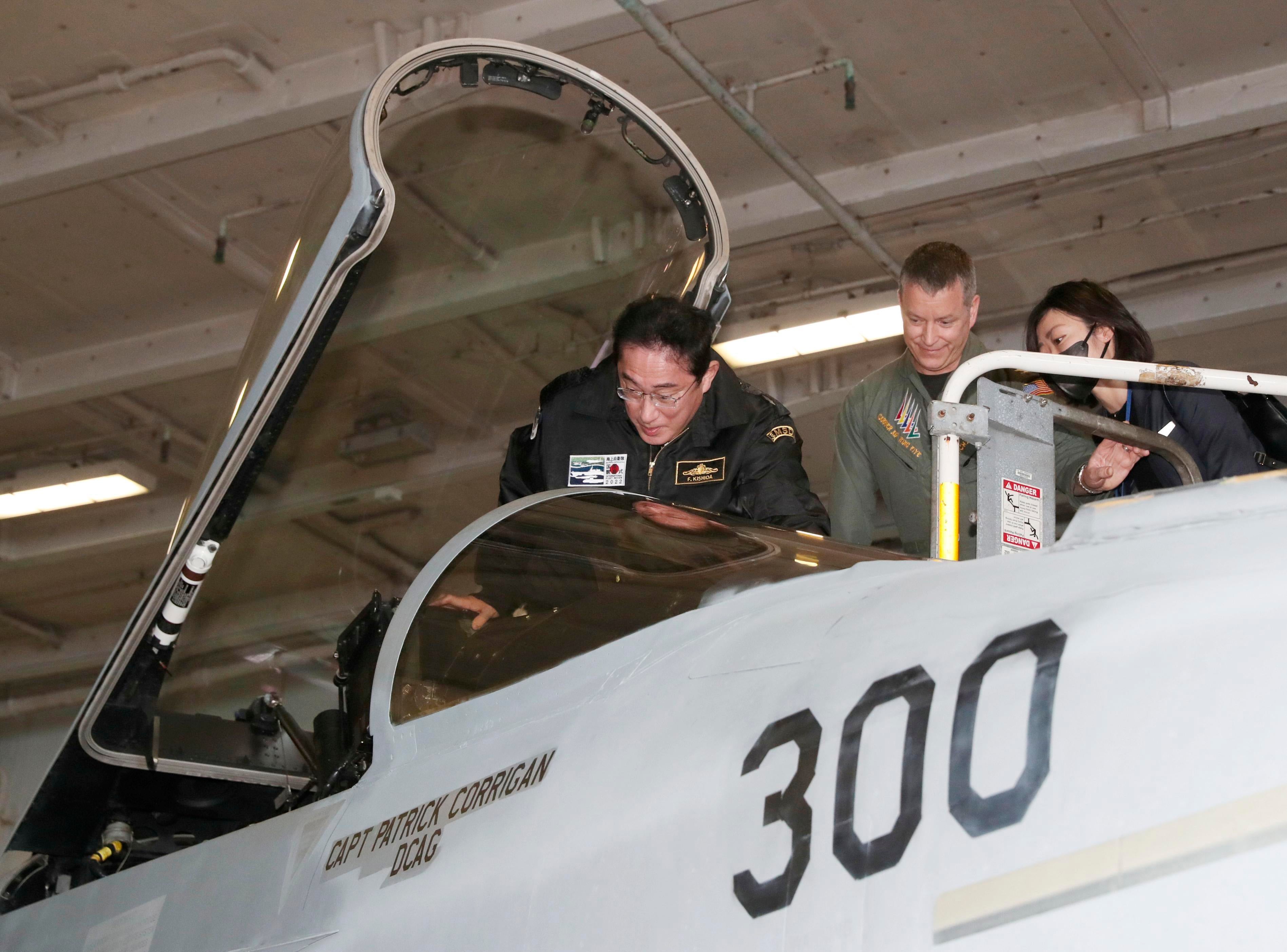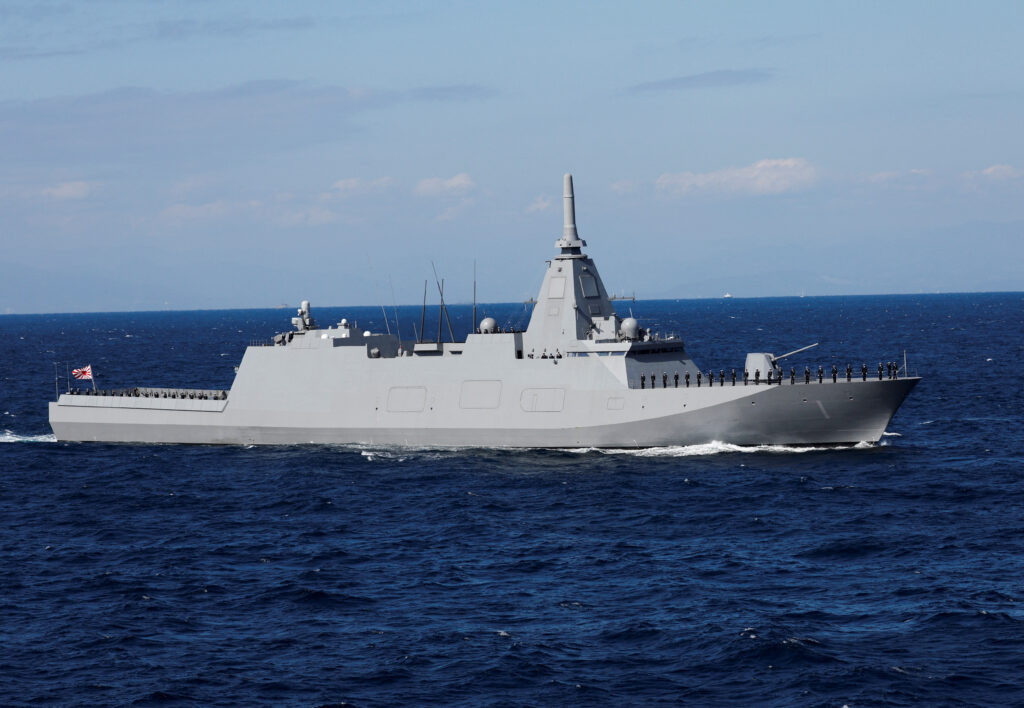Japan played a significant role in the Second World War, joining the Axis alliance alongside Germany and Italy. The country invaded various territories, including British, Dutch, and American territories, which led to their involvement in the war.
After Japan’s defeat in the war, the United States took the lead in occupying and rehabilitating the Japanese state. The reasons behind Japan’s decision to join the war can be attributed to factors such as the Treaty of Versailles and their alliance with Germany and Italy.
Overall, Japan’s role in the Second World War was instrumental in shaping the outcome of the conflict.

Credit: www.independent.co.uk
Japan’s Initial Involvement In The Second World War
A quick guide to Japan’s role in the Second World War includes their initial involvement which started with their attack on British, Dutch, and American territories. Japan during World War II refers to the history of the Empire of Japan during the war, including the invasion of the Republic of China. After the defeat in the war, the United States led the Allies in the occupation and rehabilitation of Japan. The reasons behind Japan’s choice to join the war can be attributed to the Treaty of Versailles, which also played a significant role in the Second World War. Japan formed an alliance with Germany and Italy, known as the Axis alliance, recognizing their dominance in Europe and Japanese control over East Asia. Several other European states joined the Axis alliance during the war.
Reasons Behind Japan’s Decision To Join The Axis Alliance
Japan’s decision to join the Axis alliance in the Second World War was primarily driven by their desire for dominance in East Asia and their recognition of German and Italian dominance in continental Europe. Additionally, the Treaty of Versailles played a significant role in their switch to being allies with Germany.
| Reasons behind Japan’s Decision to Join the Axis Alliance |
| Impact of the Treaty of Versailles and the First Great War |
Japan’s Role In The Axis Alliance During World War Ii
The three principal partners in the Axis alliance were Germany, Italy, and Japan. These three countries recognized German and Italian dominance in continental Europe, as well as Japanese domination over East Asia. Five other European states joined the Axis alliance during World War II. Japan’s role in the war was mainly influenced by its desire for territorial expansion and resources. Japan invaded and occupied several countries in East Asia, including China, Korea, and Southeast Asian countries. The attack on Pearl Harbor in 1941 brought Japan into direct conflict with the United States, and ultimately led to its defeat in 1945. After the war, Japan was occupied by the Allies, led by the United States, and underwent a process of demilitarization and democratization.
Japan’s Military Actions During World War Ii
Japan’s military actions during World War II included the invasion of the Republic of China and the subsequent surrender and occupation of Japan. The invasion of the Republic of China was a significant military campaign undertaken by Japan, whereby they aimed to expand their territory and influence in East Asia. This invasion resulted in widespread devastation and loss of life.
After the defeat of Japan in World War II, the United States led the Allies in the occupation and rehabilitation of the Japanese state. This occupation aimed to demilitarize Japan, establish democratic governance, and promote economic and social reforms. The surrender and occupation of Japan marked a turning point in the country’s history, leading to significant political, social, and economic transformations.
Rehabilitation Of Japan After World War Ii
After the defeat of Japan in World War II, the United States led the Allies in the occupation and rehabilitation of the Japanese state. This was a crucial period in Japan’s history as it marked the beginning of its transformation into a modern and democratic nation.
The occupation and reconstruction efforts were aimed at dismantling Japan’s military and authoritarian regime, as well as introducing democratic reforms and promoting economic recovery. The United States implemented several initiatives to rebuild Japan’s infrastructure, revive its economy, and promote education and cultural exchange.
Under the leadership of General Douglas MacArthur, the Supreme Commander for the Allied Powers (SCAP), major changes were made to Japan’s political, economic, and social systems. The Japanese Constitution was revised, establishing a parliamentary democracy and guaranteeing basic human rights.
Economically, the United States implemented policies to promote industrial development and trade, leading to Japan’s rapid economic growth and emergence as a major global player. Investments were made in key industries such as automotive, electronics, and telecommunications.
Overall, the rehabilitation of Japan after World War II was a collaborative effort between the United States and Japan, with the goal of building a peaceful and prosperous nation. This period of reconstruction laid the foundation for Japan’s post-war success and its status as one of the world’s leading economies.
Frequently Asked Questions For Second World War And Japan
What Was Japan’s Role In World War 2?
Japan played a significant role in World War II, invading countries like China and attacking British, Dutch, and American territories. After their defeat, Japan was occupied and rehabilitated by the Allies, led by the United States. They were part of the Axis alliance with Germany and Italy, seeking dominance in Europe and East Asia.
Why Did Japan Change Sides In World War 2?
Japan changed sides in World War 2 due to their alliance with Germany and Italy in the Axis powers. They wanted to establish dominance in East Asia and recognized German and Italian dominance in continental Europe.
What Happened To The Japanese During World War 2?
During World War II, Japan invaded various territories like British, Dutch, and American areas. The United States led the Allies in occupying and rebuilding Japan after its defeat. Japan’s decision to become allies with Germany during the war was influenced by the Treaty of Versailles.
What Side Was Japan On In Ww2?
Japan was on the side of the Axis Powers during World War II, along with Germany and Italy. They joined forces with Germany and Italy due to their shared goals of dominance in Europe and East Asia.
Conclusion
Japan played a significant role in the Second World War, particularly in the Asian theater. The country’s invasion of China and subsequent alliances with Germany and Italy as part of the Axis powers highlight its involvement. After Japan’s defeat, it underwent occupation and rehabilitation by the United States.
Japan’s decision to enter the war can be attributed to various factors, including the aftermath of the Treaty of Versailles. Understanding Japan’s role in the Second World War offers valuable insights into the complexities of history and international relations during that time.

